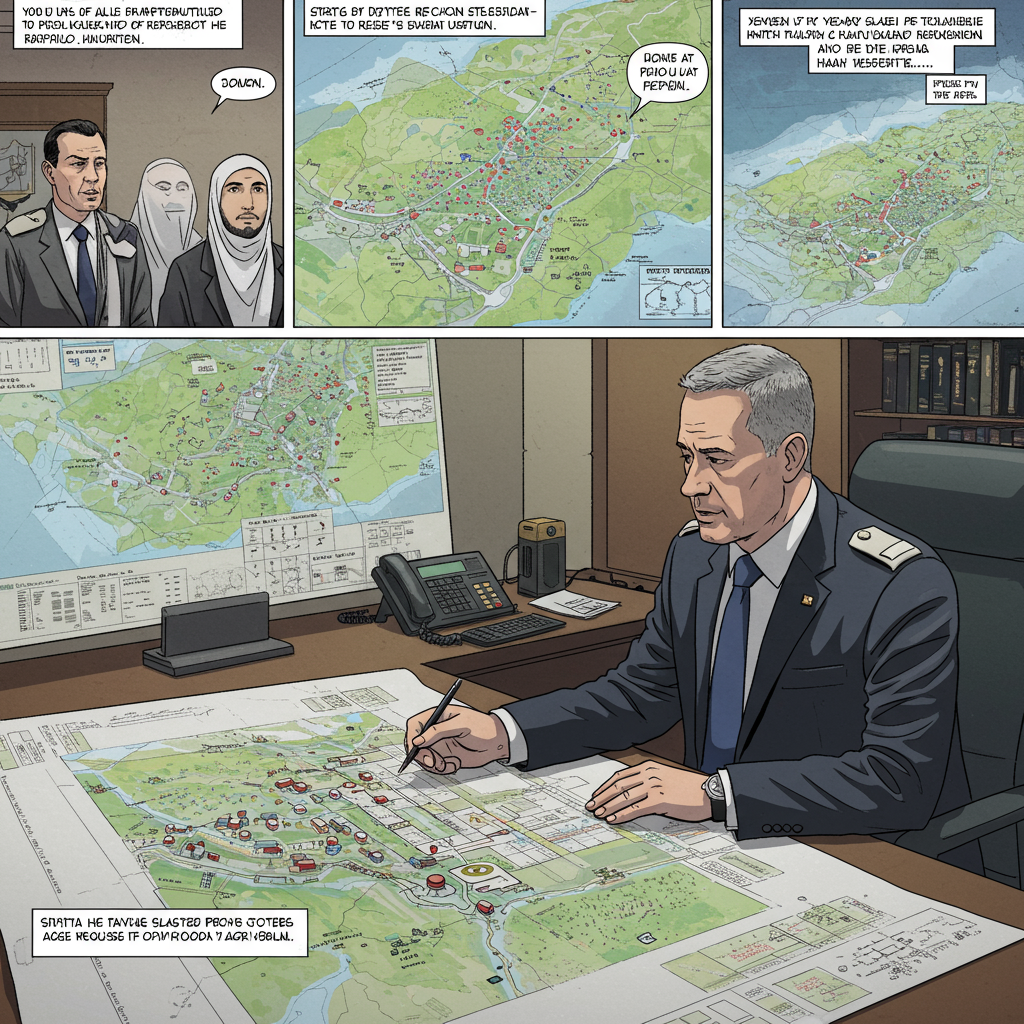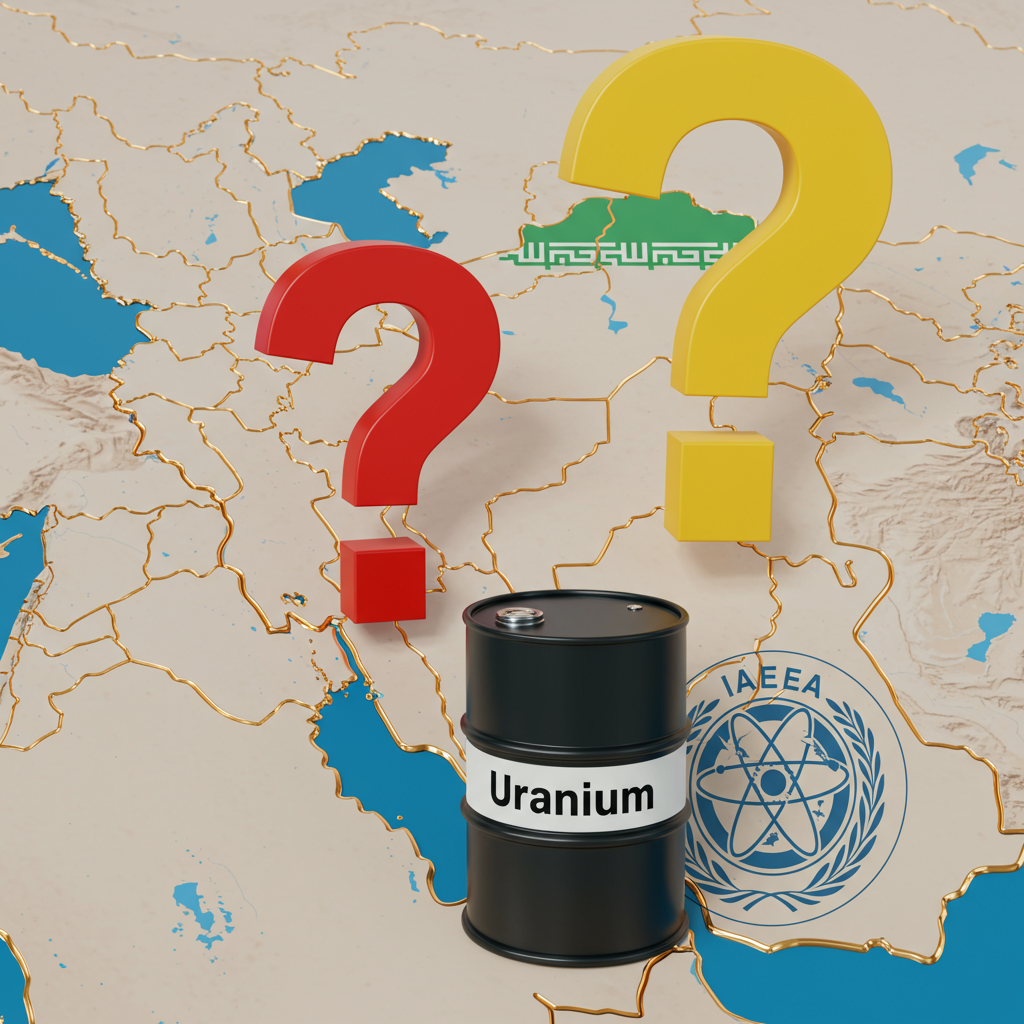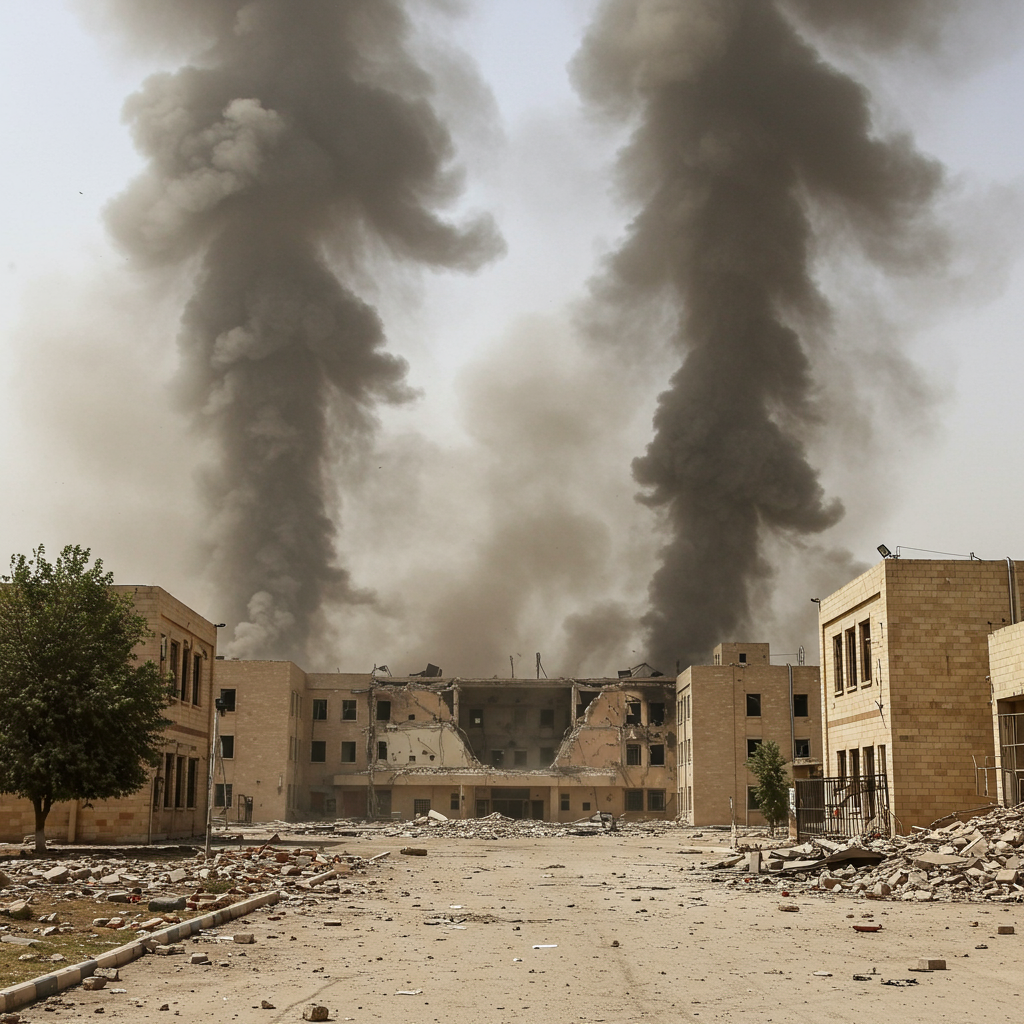A highly controversial proposal has emerged from Israel’s defence minister, detailing a plan to relocate the entire Palestinian population of Gaza into a designated camp in the territory’s southern region. This scheme, reported by israeli media, has ignited widespread condemnation from legal experts and international bodies.
Israeli Defence Minister Israel Katz reportedly instructed the military to prepare this large-scale relocation plan. He outlined his vision for establishing a “humanitarian city” situated on the destroyed landscape of Rafah. The initial phase aims to house roughly 600,000 palestinians there, primarily those currently displaced in the nearby al-Mawasi area. Ultimately, the plan intends to concentrate Gaza’s entire population of 2.1 million people into this single site.
The Details of the Relocation Plan
Under the proposed Israeli relocation plan Gaza, individuals entering the designated camp would undergo strict security screening. This process aims to identify and exclude any individuals suspected of being Hamas operatives. Once inside the controlled area, Palestinians would not have permission to leave. Israeli forces would maintain strict control over the camp’s perimeter.
Minister Katz suggested that construction of this “humanitarian city” could commence if conditions permit, specifically during a potential 60-day ceasefire period. Israel and Hamas were reportedly attempting to negotiate such a truce at the time. This timing links the proposed long-term displacement effort directly to potential de-escalation efforts in the ongoing conflict.
International Condemnation and Legal Concerns
News of the plan drew immediate and sharp criticism. Michael Sfard, a leading Israeli human rights lawyer, unequivocally condemned the proposal. He described it as an “operational plan for a crime against humanity.” Speaking to the Guardian newspaper, Sfard asserted the plan is fundamentally about “population transfer to the southern tip of the Gaza Strip.” He argued this transfer served as preparation for “deportation outside the strip.”
Sfard highlighted that driving people from their homeland constitutes a war crime during conflict. He stated that executing such a plan on a massive scale, as proposed, elevates it to a crime against humanity. He also contended that any departure from Gaza under the current extreme coercive conditions could not legally be considered consensual.
The United Nations has previously issued strong warnings on similar possibilities. The UN emphasizes that the deportation or forcible transfer of a civilian population from occupied territory is strictly forbidden under international humanitarian law. The international body views such actions as “tantamount to ethnic cleansing.”
Prof Amos Goldberg, a Holocaust historian at the Hebrew University of Jerusalem, echoed these grave concerns. He agreed with Sfard’s assessment. Goldberg labeled Katz’s plan as clear intentions for “ethnic cleansing.” He stated it would lead to the creation of “a concentration camp or a transit camp for Palestinians before they expel them.”
Goldberg specifically dismissed the term “humanitarian city” as a misnomer. He argued that a genuine city provides essential elements like work, income, connections, freedom of movement, hospitals, and schools. None of these necessities are envisioned within the proposed controlled area. He concluded it would not be a livable environment, comparing it to existing unlivable “safe areas.”
Broader Discussions on Gaza’s Future
The Gaza population relocation plan surfaces amidst broader, controversial discussions about the future of Palestinians in the territory. Later the same day, Israeli Prime Minister Benjamin Netanyahu discussed former US President Donald Trump’s proposal for post-war Gaza. Trump’s vision included the idea of permanently resettling Gaza’s population elsewhere.
Netanyahu expressed support for what he termed Trump’s “brilliant vision.” He framed it as enabling “free choice” for Palestinians. Under this idea, people could stay if they wished, but they should have the option to leave if they preferred. Netanyahu stated Israel was actively working with the United States to find countries willing to host Palestinians seeking to leave. He claimed these countries would help Palestinians achieve “a better future.” Trump also expressed optimism about cooperation from “surrounding countries” regarding such plans.
This perspective sharply contrasts with the position held by Arab states. In March, Arab nations backed a $53 billion Egyptian proposal for Gaza’s reconstruction. This plan explicitly supported Palestinians remaining in their homes or temporary housing within Gaza. They issued a “categorical rejection of any form of displacement of the Palestinian people.” Arab states condemned such an idea as “a gross violation of international law, a crime against humanity and ethnic cleansing.” The Palestinian Authority and Hamas also endorsed this Egyptian framework. However, the US and Israel reportedly stated it did not adequately address the realities on the ground in Gaza.
Fears Rooted in History
Palestinians view any discussions or plans involving displacement with profound anxiety. These proposals trigger deep fears of a repeat of the Nakba. The Arabic word “Nakba” translates to “catastrophe.” It refers to the events surrounding the 1948 war. During this period, hundreds of thousands of Palestinians fled or were forcibly driven from their homes before and during the war that led to the creation of the State of Israel.
Many of these refugees and their descendants subsequently settled in Gaza. Today, they constitute approximately three-quarters of the territory’s population. According to UN figures, another 900,000 registered Palestinian refugees reside in the occupied West Bank. Additionally, 3.4 million others live in neighboring countries, including Jordan, Syria, and Lebanon. This historical context underscores the sensitivity and historical trauma associated with any proposal suggesting mass relocation or displacement.
Context of the Ongoing Conflict
The proposed Israeli plan Gaza must be understood within the grim context of the ongoing conflict. The current hostilities escalated dramatically following an unprecedented cross-border attack by Hamas on 7 October 2023. This attack resulted in approximately 1,200 deaths in Israel and 251 people being taken hostage. Israel launched a military campaign in response, stating its goal is to destroy Hamas.
The humanitarian impact in Gaza has been catastrophic. The Hamas-run health ministry in Gaza reports that over 57,500 people have been killed in the territory since the conflict began. Most of Gaza’s population has experienced multiple displacements, forced to move from area to area seeking safety that often proves elusive.
The destruction is immense. Estimates suggest over 90% of homes in Gaza are damaged or completely destroyed. Essential infrastructure has crumbled; the healthcare, water, sanitation, and hygiene systems have largely collapsed. Severe shortages persist across the territory, including critical necessities like food, fuel, medicine, and shelter.
Adding to the complexity, the plan by Minister Katz appears to contradict statements from other Israeli officials. Notably, the office of Israel’s military chief, Eyal Zamir, had previously stated that displacing Palestinians or concentrating the population was not an objective of the current military operation. This statement was made in response to a petition from Israeli reservists represented by lawyer Michael Sfard, who is now a vocal critic of Katz’s proposal.
Relatedly, discussions about humanitarian aid distribution in Gaza have also become intertwined with post-war planning concepts. There has been controversy surrounding proposals for aid schemes, such as one reportedly linked to a US-backed foundation, which critics argue could facilitate displacement by concentrating aid in certain areas or being tied to relocation concepts.
Frequently Asked Questions
What is the proposed Israeli plan for relocating Gaza’s population?
Israel’s Defence Minister Israel Katz has reportedly proposed moving Gaza’s entire Palestinian population into a controlled camp. This facility, termed a “humanitarian city,” would be built on the ruins of Rafah in southern Gaza. The plan involves screening individuals for security purposes before entry. Once inside, residents would reportedly not be allowed to leave. Initially, it would house about 600,000 people, eventually aiming for Gaza’s total 2.1 million population. Construction could potentially start during a ceasefire.
Why are legal experts and the UN condemning this plan?
Legal experts, like Israeli human rights lawyer Michael Sfard, condemn the plan as an “operational plan for a crime against humanity.” They argue it constitutes illegal population transfer intended for eventual deportation. International humanitarian law strictly prohibits the deportation or forcible transfer of civilians from occupied territory. The UN views such actions as potentially “tantamount to ethnic cleansing.” Critics state that under current conditions, any relocation cannot be considered voluntary, making forced displacement a war crime on a large scale.
How does this plan relate to broader discussions about Gaza’s future and ongoing conflicts?
The proposed relocation plan is part of wider discussions regarding Gaza’s post-conflict future. Israeli Prime Minister Netanyahu and former US President Trump have discussed permanent resettlement options outside Gaza, framing it as voluntary emigration. This contrasts sharply with Arab states’ rejection of any displacement, supporting Palestinians remaining in Gaza under an Egyptian reconstruction plan. The concept also triggers deep historical fears for Palestinians, particularly concerning the 1948 Nakba. The minister’s plan is presented amid ongoing conflict and dire humanitarian conditions, with its potential implementation linked to a ceasefire negotiation timeline.
Conclusion
The reported plan by Israeli Defence Minister Israel Katz to consolidate Gaza’s population into a camp in Rafah marks a significant and highly contentious proposal. While presented as a measure for security screening and creating a “humanitarian city,” it faces severe legal and ethical challenges. Critics, including prominent Israeli lawyers and international bodies, warn it risks violating international law, potentially constituting a crime against humanity and ethnic cleansing.
This proposal does not exist in a vacuum. It is intertwined with broader, contrasting visions for Gaza’s future, ranging from discussions of permanent resettlement outside the territory championed by some Israeli and US figures, to the firm stance of Arab states and Palestinians rejecting any form of displacement and advocating for reconstruction allowing residents to remain. The plan’s potential implementation is linked to the fragile possibility of a ceasefire, highlighting the complex and perilous situation facing Gaza’s population amidst ongoing conflict and a devastating humanitarian crisis. The deep historical trauma of displacement, particularly the Nakba, adds a layer of profound fear and resistance to any such proposal among Palestinians.
Word Count Check: 1103 words



